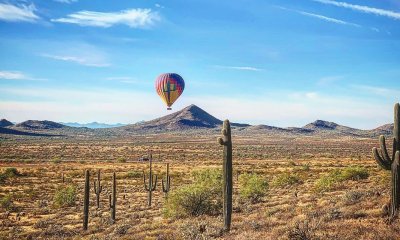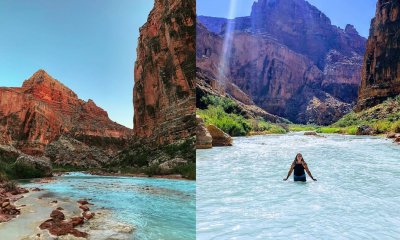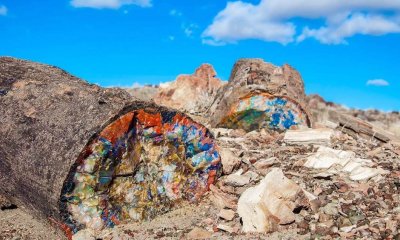Arizona
What Was Discovered in Kincaid’s Cave in the Grand Canyon?
Kincaid’s Cave in the Grand Canyon is a legendary place that no one can access nor see today. What mysterious artifacts did he and the Smithsonian claim to find? Was there an advanced ancient civilization inhabiting the Grand Canyon long before Native Americans? Let’s find out.
The Phoenix Gazette Published a Shocking Article in 1909 About Kincaid’s Cave
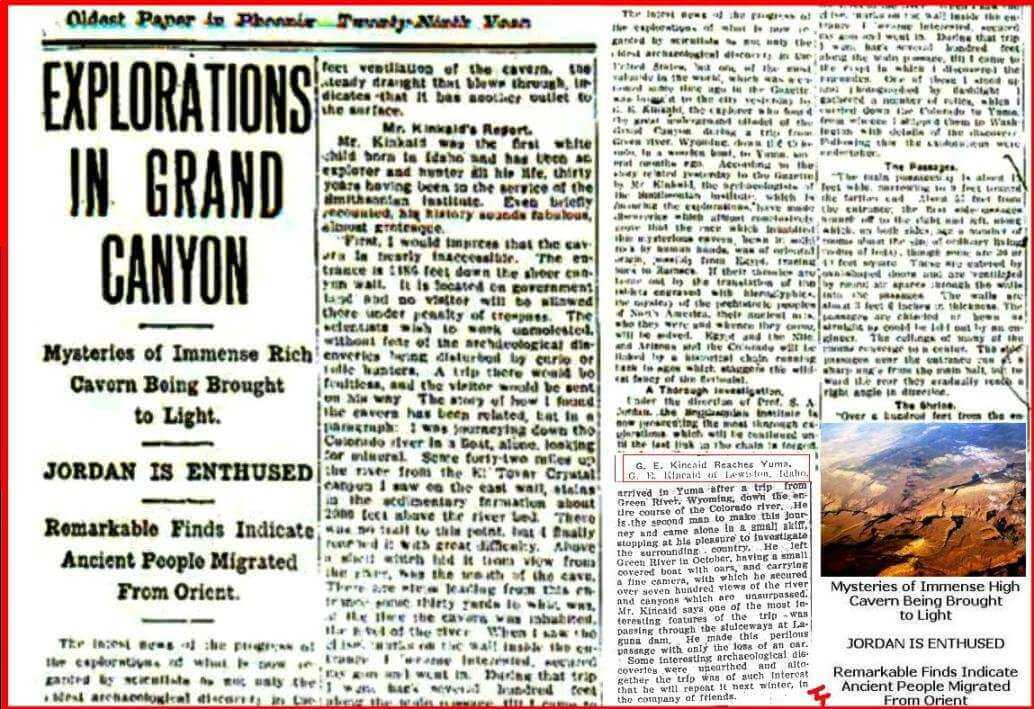
The article begins with an eye-catching headline on the first page and continues onto several other pages. It exclaims “Explorations in Grand Canyon.” Below, in only slightly smaller lettering it reads, “Mysteries of Immense Rich Cavern Being Brought To Light” and then “Remarkable Finds Indicate Ancient People Migrated From Orient.” This headline suggests that history as we know it might be drastically different than we had believed it to be for thousands of years. It attracted more than a little attention, to say the least.
This Article Described G.E. Kincaid’s Cave Discovery
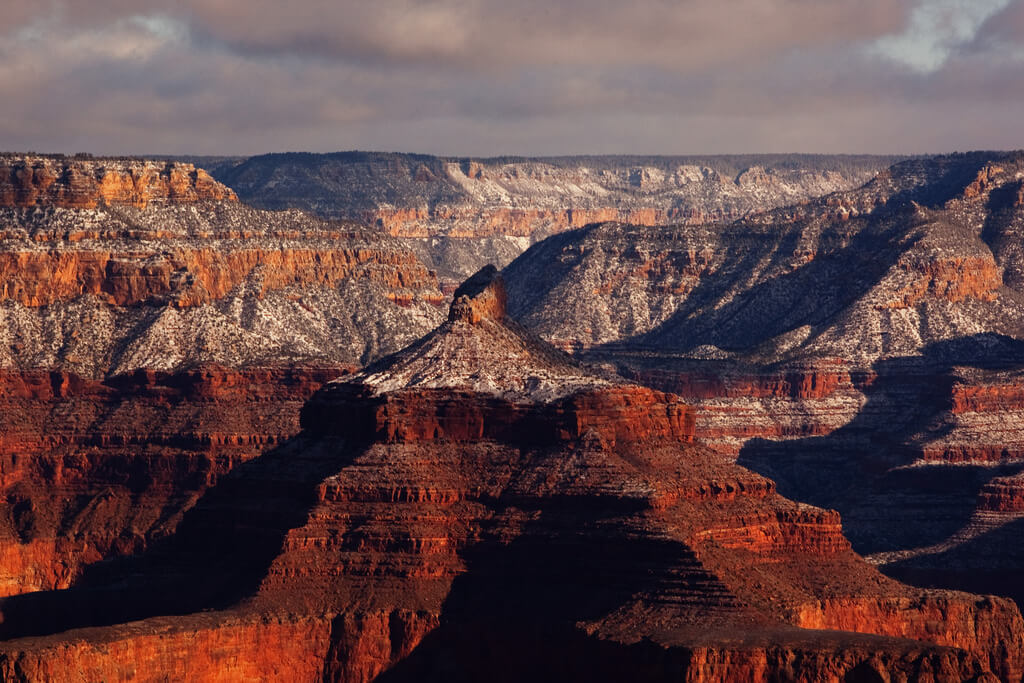
G.E Kincaid was well-known for being an explorer and hunter. On the day that he would make his stunning discovery, however, he was simply on a routine expedition, floating the Colorado River and looking for minerals. Kincaid was all by himself when he noticed “stains” way up on the wall of the canyon above him. For whatever reason, he decided to do some unplanned exploring. Whatever he saw must have particularly motivated him. Because Kincaid hiked until he was 2,000 feet above the river – only 1,500 feet below the rim at that point. Eventually, he came to the mouth of a cave.
Kincaid Chose to Enter the Mouth of the Cave
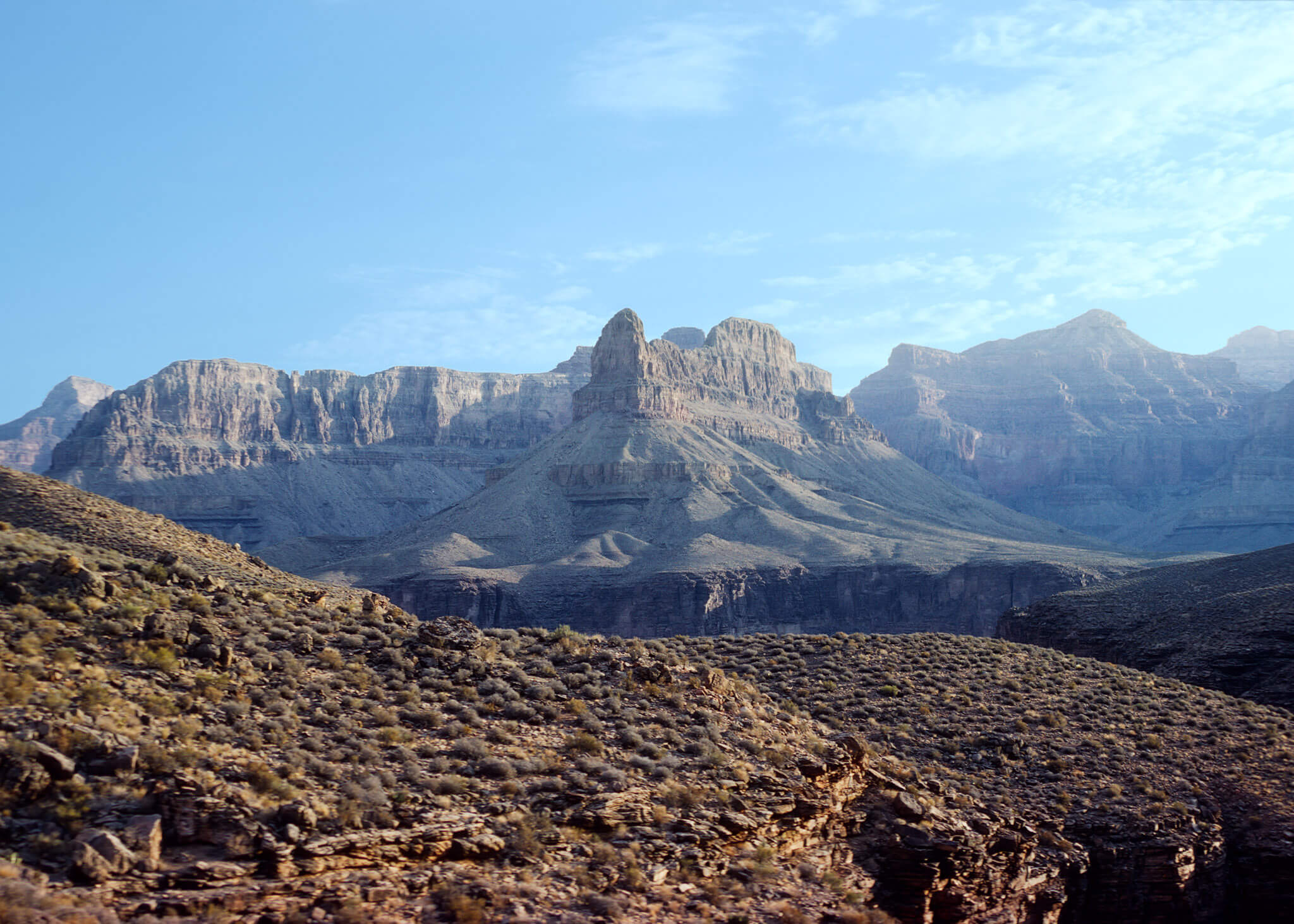
The adventurer he was, Kincaid could not turn away from his discovery. Instead, he began to descend down the stairs he found just inside the mouth of the cave. He continued down about 100 feet. The tunnel that Kincaid followed appeared to have been hand-chiseled. Which is an incredible feat considering it was several hundred feet long.
According to his own personal journal, where he described his discoveries, he came upon a crypt full of mummies. Each with their own personal shelf. He reportedly took notes and photographs and collected several artifacts before leaving. Along with the news of his discovery, he shipped these artifacts to the Smithsonian Institution in Washington D.C., where he had a number of contacts.
The Smithsonian Sent Their Experts to Help Kincaid Explore His Cave
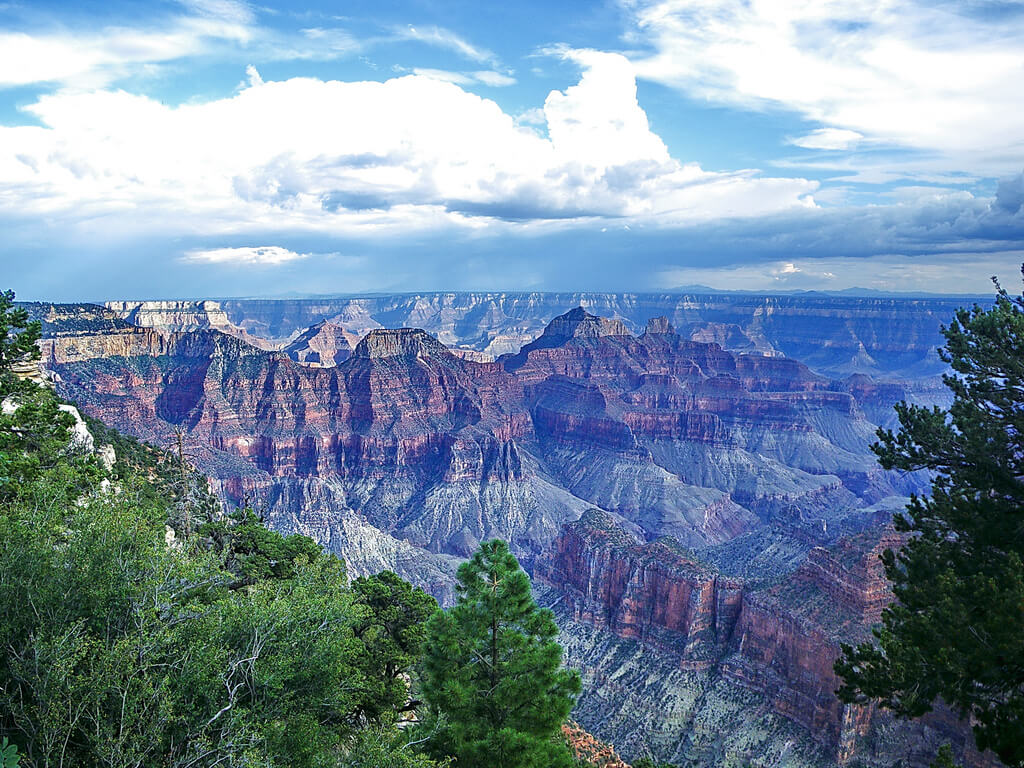
This is according to the Phoenix Gazette article, anyway. By the time their front-page article was published, the team of scientists had explored Kincaid’s cave much more thoroughly. More passageways extended from the main one that Kincaid had originally entered. These lead to multiple rooms as wide as thirty or forty feet. A stone idol was reportedly found. The statue resembled Buddha.
Traveling nearly a mile into the rock, the researchers came across a huge room with many passageways leading away from it. Similar to the spokes of a wagon wheel. They described storerooms full of seeds. As well as a dining room more than 700 feet long and a room that stank of a “deadly, snaky smell. Archaeologists supposedly uncovered copper instruments and war weapons, cups made of gold, pottery work, and hieroglyphic writing. These artifacts suggested an origin not in this country, but in the Orient.
Today, the Smithsonian Claims to Have No Knowledge of This Discovery
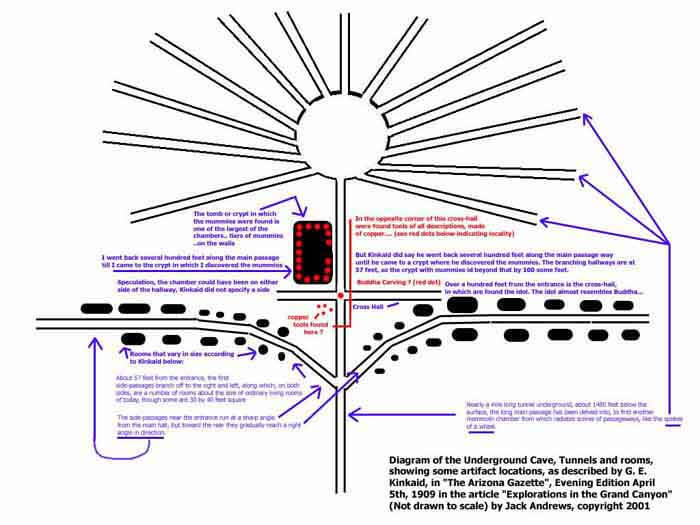
The long story on the front page of the Phoenix Gazette clearly indicated that the Smithsonian Institute had sent between thirty and forty archaeologists to help Kincaid excavate he discover. Today though, there are no artifacts or information to be found about the underground settlement. One Smithsonian rep explained that “… no Egyptian artifacts of any kind have ever been found in North or South America. Therefore, I can tell you that the Smithsonian Institute has never been involved in any such excavations.” Then what could have prompted such an incredibly detailed newspaper article? One that never had a follow-up piece.
Based on the descriptions of Kincaid’s cave discoveries, they would suggest that there had in fact been contact made before Columbus sailed the seas. Not only this, but it would call into question the idea that all Native Americans descended from Ice Age explorers who crossed the Bering Strait.
Egyptians in Arizona would require us not only to entirely rewrite history but also to accept responsibility for being incredibly wrong about the origins of people on our continent. Is it a coincidence that many rock formations in the area have Egyptian names like Tower of Ra, Horus Temple, Osiris Temple, and Isis Temple? Probably.
Some people speculate even more broadly, questioning if this settlement wasn’t evidence of ancient aliens. The area where Kincaid’s cave discovery is believed to be located is off-limits to hikers, visitors, and even most park personnel. Reportedly, this if for safety reasons.
Was Kincaid’s Cave Discovery and the Phoenix Gazette article an elaborate hoax?
Or perhaps one of our most hallowed scientific institutions is indeed taking part in suppressing any discoveries that call into question the accepted history of North America. Tell us what you think below!












